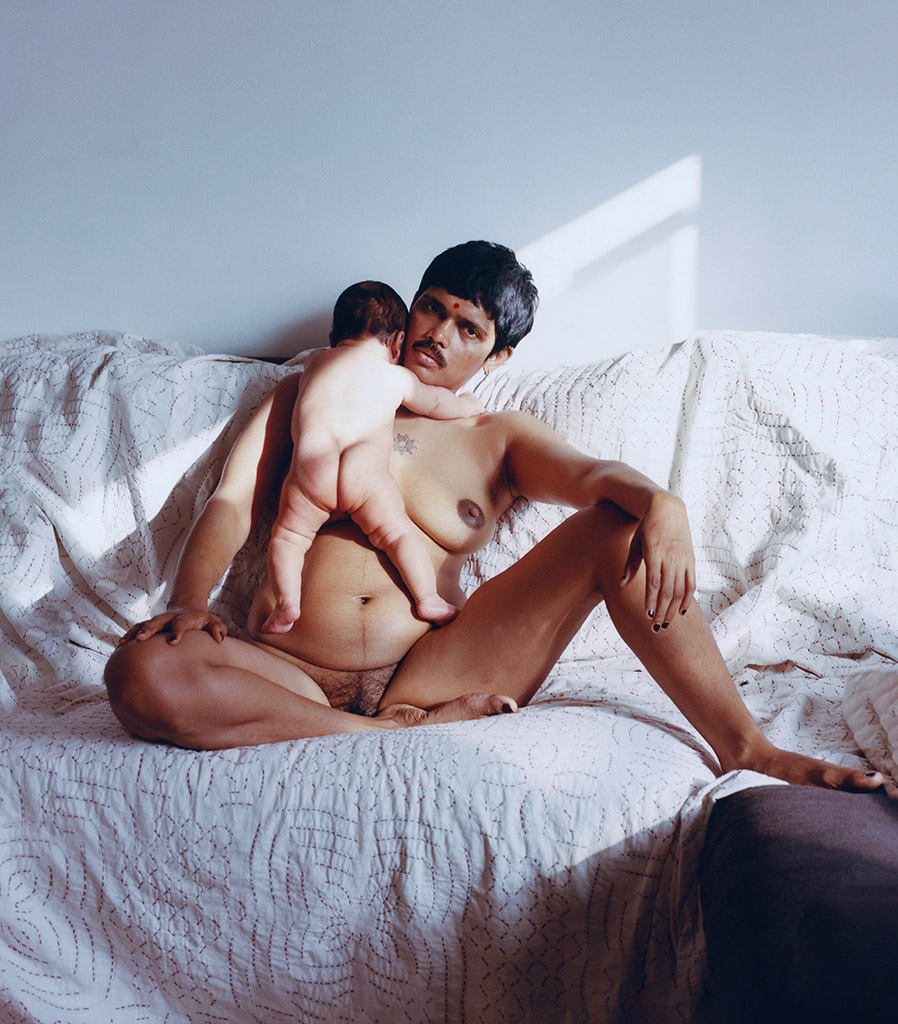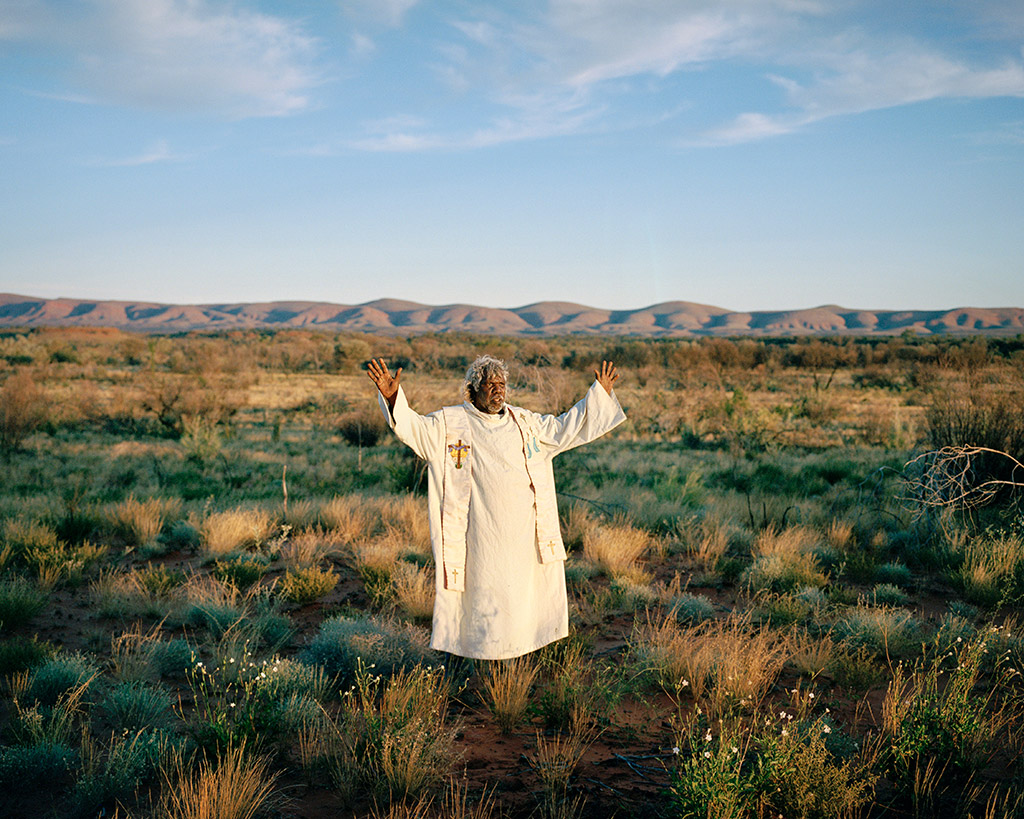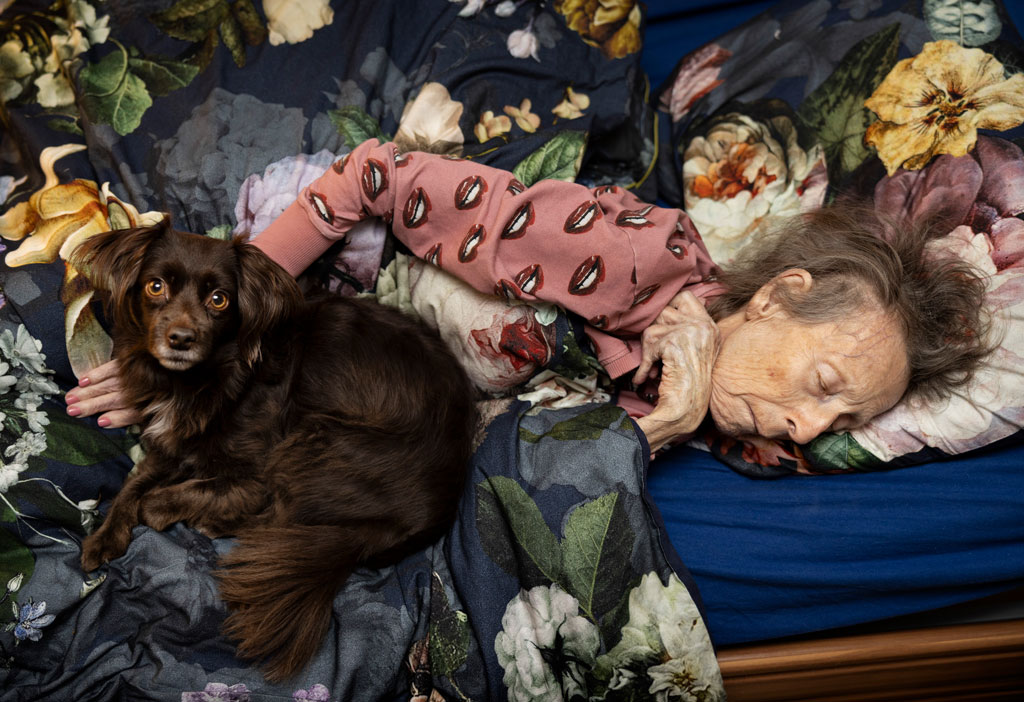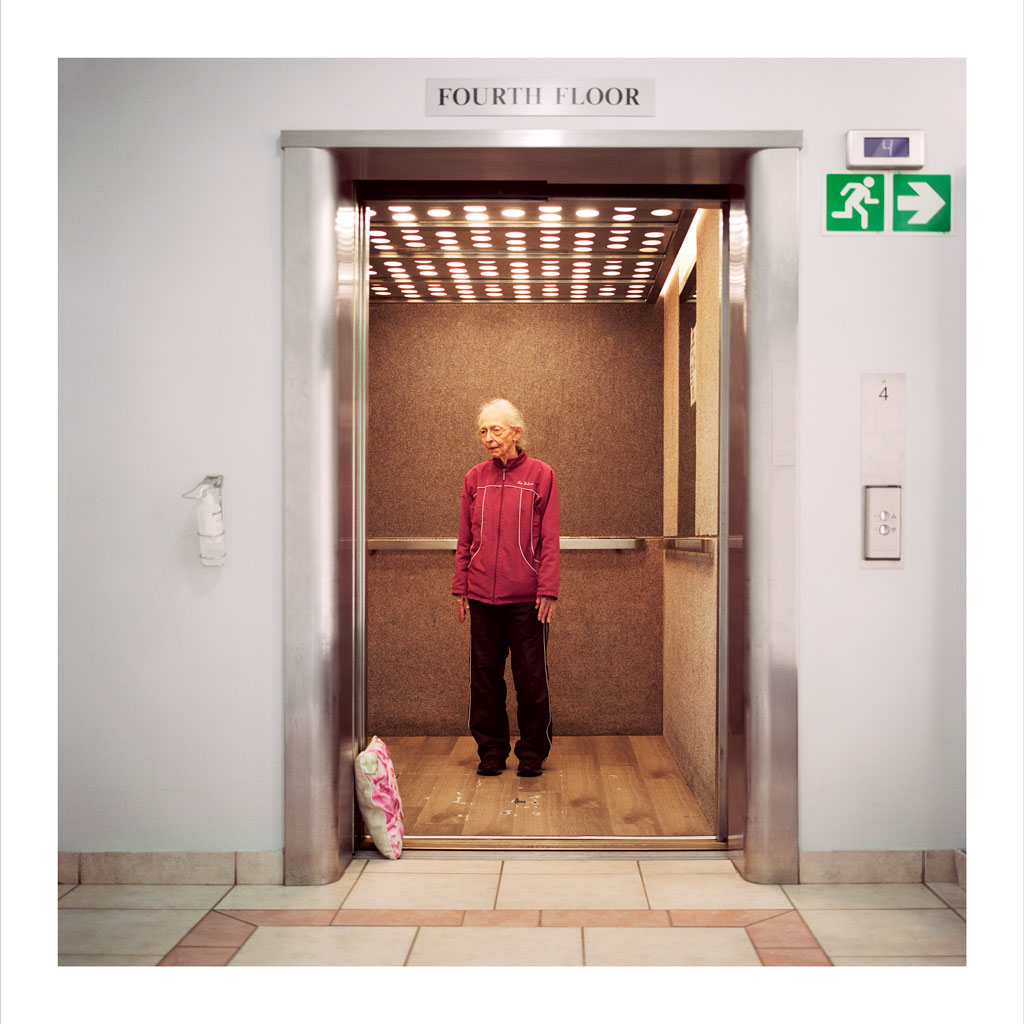The winners of the prestigious annual Taylor Wessing Photo Portrait Prize have been revealed. Steph Wilson has been named as the overall winner of the competition with her unconventional early motherhood portrait Sonam from the series Mother Book. Jesse Navarre Vos has been awarded the special commission prize. Amy Davies finds out more about the winning photos
In terms of contemporary photographic portraiture, there are a few competitions or outlets as prestigious – or as contentious – as the annual Taylor Wessing prize.
This year, 62 portraits by 55 photographers are on display at the National Portrait Gallery in London, with representations from all across the world. The four winners were selected by the panel of judges from 4,847 entries which were submitted by 1,713 photographers.
The overall winner this year is Steph Wilson for her portrait Sonam from the series Mother Book. As well as the first, second and third prize, a special commission worth £8,000 is also awarded to Jesse Navarre Vos, who will create an artwork that will form part of the National Portrait Gallery’s collection of portraiture.
Ahead of the winner’s announcement, I was able to speak to three out of the four shortlisted photographers to find out more about their images. Sadly the overall winner was not available for interview in time for our piece, but the National Portrait Gallery has kindly shared an extract its own own interview with Steph.
The Taylor Wessing Photo Portrait Prize is on show at The National Portrait Gallery until 16 February 2025. Visit npg.org.uk for more details on ticket prices and opening times.
Sonam by Steph Wilson
First prize

British photographer Steph Wilson works between London and Paris, primarily in fashion and editorial photography. This image comes from the series Mother Book, a project which seeks to document unconventional and ‘imperfect’ examples of motherhood. She has been working on the project for over three years, where she seeks sitters via Instagram, which is how she found Sonam. Visit steph-wilson.com for more work.
“This is an image of Sonam and her newborn son. It’s part of an ongoing project entitled Ideal Mother. I have been aiming to capture and present a new way of looking at early motherhood and pregnancy in a way that I just felt is really lacking. I’ve learned that ultimately the project is about finding individuals that rebel against their own culture of how motherhood is perceived and represented.
“It’s about meeting the subject and saying ‘How do you want to be seen? What do you want the conversations surrounding your portrait to evoke?’ Sonam got in touch with me, and she was keen to hear more about the project. We had a coffee and I met her and her newborn son, and I was so transfixed by her energy. She had this very grounded permanence, a deep sense of self. She was so present, and you rarely meet people like that. Visually, she’s also incredibly striking because of her typically masculine features, which she was always made aware of by her family in India, school teachers and so on.”
“It should be said that she isn’t trans, she’s a heterosexual, cisgendered woman. For her profession, she fabricates prosthetic facial hair and wigs. We had organised for me to come very early, for the early morning sunlight when she first breastfeeds her son, and she sits on the couch and there’s this serenity and stillness at the beginning of the day.
“Originally, Sonam was going to be covering herself with a piece of fabric, but she said it doesn’t feel right because the baby was nude, so I’m just going to take them off.
“Portraiture and people have always completely fascinated me. My favourite thing about the image is the amount of contradiction within it, softness and hardness. It’s also sort of a lesson in what we assume about an image, and what we assume about a person.”
Migrantes (series) by Adam Ferguson
Second prize

An Australian but based in New York, Adam Ferguson has won many awards for his portraiture, including The Sony World Photography Awards and previously at Taylor Wessing itself in 2022. See adamfergusonstudio.com
How do you feel about being shortlisted for such a prestigious award?
It’s a total honour, but more important is the work finding a new platform and reaching a new audience. I’m happy some photographs that I made in extremely remote parts of Australia can be exhibited in London to an international crowd.
How do you think you’d feel if you won?
I can’t even go there. Prizes and competitions often feel like a lucky dip, so I try not to be too invested in winning. It’s just an honour to share stories from Australia.
How important do you think a long-term project like yours is to the process of documentary and portrait photography?
It takes time to understand stories, or to get a sense of a personal narrative that you want to express, so working long-term feels essential to my practice. It’s long-term bodies of work that inspired me to be a photographer.
The best portrait photography comes from spending time with people, but sometimes you get lucky, and through circumstance or chemistry you can develop trust which leads to a vulnerable portrait relatively quickly.
The most important thing in documentary portraiture is having an idea that you hold loose enough for it to turn into something that you didn’t imagine it would be. That’s the sweet spot for me.

You’ve been doing this project for such a long time – what have you learned during the process?
The portraits in the TWPP were made in 2023 but they exist in my decade long project – Big Sky. In the start of my monograph, in the acknowledge on Aboriginal Country, I wrote “ Over days driving in the desert, sitting by a fire, or looking to the sky, I was shown that silence can be one of the greatest expressions of respect, and that if I listened, I would be gifted stories”. So I guess I learnt to shut up and listen.
How much direction and agency do you give to the portrait sitters in this series, or do you aim to just capture a moment?
Sometimes a lot of direction and sometimes a little. The portrait of Pastor Simon Dixon is completely staged and premeditated. I saw him do that pose during an Easter church service and then asked him to do it for me in the landscape as a formal portrait. He was too busy at the time because of Easter celebrations but we kept in touch, I held onto the idea, and we had a portrait sitting five weeks and many miles later.
With Bridget Perdjert, I had a formal portrait sitting earlier in the day with her and her grandmother and exposed about six rolls of film. Afterwards we drove into the bush and they showed me their Country. Bridget and her cousin sister Shauna were sitting there unposed looking off the hill, and of course Taylor Swift on their shirts created a beautiful tension of place and culture. I walked over and Bridget turned around and gazed at me with incredible pride and I made two images before she looked ahead again and the moment was over. It was completely spontaneous, but I doubt she would have looked at me like that if I hadn’t spent time with her earlier in the day.
Kukatja Pintupi boy Matthew West held up that joey and posed after being directed to by the community elder that took me hunting with them, and I simply made an image that they wanted made.

I consulted with the people and community Elders about each of these photos to receive both their approval and blessing to use the photographs. As a white fella on Aboriginal land that was an important part of my process and my attempt to give practical agency. But photography is inherently exploitative and the making of it is steeped in modes of colonialism. At the end of the day I chose to use photographs that depicted people with power and dignity, and that is the best agency I can offer.
What tips would you give to those looking to enter Taylor Wessing next year?
Make a photograph that subverts portraits made historically. Make an image you haven’t seen before. Sounds simple of course.
Mom by Tjitske Sluis
Third prize

Dutch photographer Tjitske Sluis came to photography via journalism, developing a career in reportage before going freelance as a documentary photographer. This photograph is taken from the series “Out of Love, Out of Necessity”, which documents the final stages of the photographer’s mother’s life. See tjitskesluis.nl for more.
How do you feel about being shortlisted for such a prestigious award?
Overwhelmed, humbled, excited, surprised, happy…these emotions are all fighting in my head for attention…and those are the ones I can think of now, because you ask me this. Most of the time I am thankful for the opportunity to share my picture with a bigger crowd, because I believe we should embrace dying more.
Have you entered the competition before?
I have, I think twice but I can’t remember the first time. The second time was a portrait of a young boy who had his party delayed by two years because of Covid. I took his portrait the next morning when he woke up.
How do you think you’d feel if you won?
I guess my knees might stop supporting me, my heart might explode, my voice will leave me, and my throat will hurt. I might start to cry. I don’t know. It is a huge opportunity being nominated. I was so happy to hear that my picture was chosen for the exhibition I didn’t think it could become any better.
How important do you think photography is for discussing and examining important social issues?
Very. We are an image based society. A picture says more. I am only afraid that people don’t learn to look anymore. They get to see so many images during a day that it sometimes feels that they miss out the important messages.
We have a saying in Dutch: unknown is unloved…. I think taking pictures of social issues forces people to watch. And maybe (hopefully) think.
Can you tell me more about how creating this series helped you at a difficult time – I’m fascinated by the idea of it being a collaboration, too, can you describe more about that?
This is a tough question. My series is about the last months of my mother’s life while I (together with others) was taking care of her. I tell my story through my pictures. Handling a camera helps me to figure out what I am seeing (or missing).
How do you think your career / background as a journalist helps you in your photographic storytelling?
Journalism taught me to look for questions and to ask for answers. It taught me to research, work ethically, narrow done the important facts. I think it helped me oversee a story.
What tips would you give to those looking to enter Taylor Wessing next year?
If you feel great about a picture or a social issue: send it in. I never thought my mom’s story might have an international importance, but it turns out it did.
Mom, I’ll follow you still by Jesse Navarre Vos
Taylor Wessing Photographic Commission

South African photographer Jesse Navarre Vos is a portrait, fashion and editorial photographer. This portrait comes from a personal project, “I’ll Come Following You” (2023). It documents his mother, Edith Mavis (who is actually his biological paternal grandmother – his legal guardian since birth), following a burglary at the family home in 2018. This image shows Edith in the lift of the care facility she eventually entered. See more on Instagram @jessenavarevos
AP: How does it feel to have won the commission?
JNV: It feels all too surreal. I’ve been taking photographs for so many years now and have admired and followed the Taylor Wessing Photo Portrait Prize from a distance, never believing my work was good enough to be part of it. I went to the exhibition for the first time earlier this year and then entered for the first time as well. Reaching a point where I’m ready to share this work and this story has taken a long time. I’ve been protective of this work and of myself, so there’s an immense vulnerability that comes with sharing it now. I’m still processing it all.
When creating personal work, there’s always the fear that it won’t resonate with anyone else. There are so many people I deeply respect and admire included in this year’s exhibition, including a close friend, and a mentor, so to have my work displayed alongside them all feels is an honour. It’s incredibly humbling, and I do feel a bit out of place.
AP: What will you shoot for the commission?
JNV: This is something I’m still giving a lot of thought to. A commission of this nature carries a huge responsibility, especially as it will become part of the National Portrait Gallery’s permanent collection. Relationship-building is a fundamental aspect of my practice, and when it comes to portraiture, it’s a highly collaborative experience for me. I don’t believe in the photographer as the sole author and do my best to navigate the ethical complexities of the subject-photographer dynamic—an aspect deeply rooted in photography’s history, and one that is often challenging to confront.
For this commission, I want the work to feel intentional, resonating not only with me but also with the person I’m photographing and, ultimately, with viewers. I’m speaking specifically in relation to portraiture here, hoping to create something that remains true to these values and this process. It all begins with the relationship I build with the person I’m photographing and expands outward from there. This process isn’t easy to navigate, and there’s always much to question about one’s intentions along the way.
I look forward to working with Clare Freestone, the curator of photographs at the NPG, and the rest of the team toward making this photograph and unveiling it next year.
AP: I love the idea of your work being a collaboration between you and your mother—can you tell me more about that process?
JNV: For me, photographs have always been secondary to the experience of creating them. Collaborating with my mother has been an ongoing process—almost like a conversation that evolves over time. It’s given us a reason to spend time together, to witness each other’s lives, and to build my own blueprint for what it means to love, to cherish, to care, and to embrace the difficulty of letting go.
Over the past few years, our roles have shifted. She has gone from being my caregiver, my mom, to someone who now needs care. Because she is actually my paternal grandmother, this shift was partly due to the generational gap between us, but mostly because of unforeseen events—a burglary, and everything that followed—which accelerated this transition we were thrust into. When I picked up a camera again about 10 years ago, she was one of my first collaborators. There was never a plan, never a project, never a story in mind. Photography simply became a medium through which we could connect.
AP: How important do you think it is to have personal projects alongside your commercial work?
JNV: I can’t speak for other photographers and artists, but for me, personal projects are essential. They allow me to explore ideas and emotions without external pressures, which is crucial for developing my voice, growing as an artist, and maintaining authenticity. While there are financial implications—personal projects can take a long time to produce, and one still needs to make a living—I believe that working on personal projects is the main reason I photograph.
AP: What tips would you give to those looking to enter Taylor Wessing next year?
JNV: My advice would be to trust your instincts and submit work that feels honest to you, even if you’re unsure it will resonate with the judges. Sometimes, we’re too close to our own work to see its true impact.
I was even planning on giving up photography and art altogether. It’s been a long, winding road to get back here, and so many people have been involved in that process—a lot of support, and a lot of doubt. It’s taken me years. And I mean years.
Find people you respect and admire to give feedback on your work, but be mindful of whom you trust. Also, think about the narrative behind your images—what story are you telling? Even subtle, consistent threads can make the work resonate deeply. Most importantly, be patient with yourself and your work. Follow the story you want to tell.
Further reading:
- CUPOTY Challenge open for entries
- Close-up Photographer of the Year 6 announces shortlist
- Peloton action photo wins in CEWE Photo Award
- New Motorsport photography competition for UK amateur photographers!







